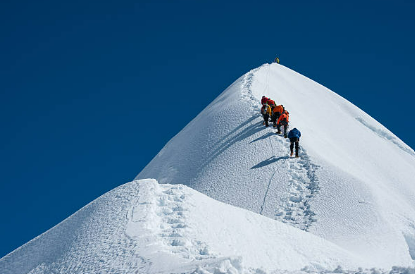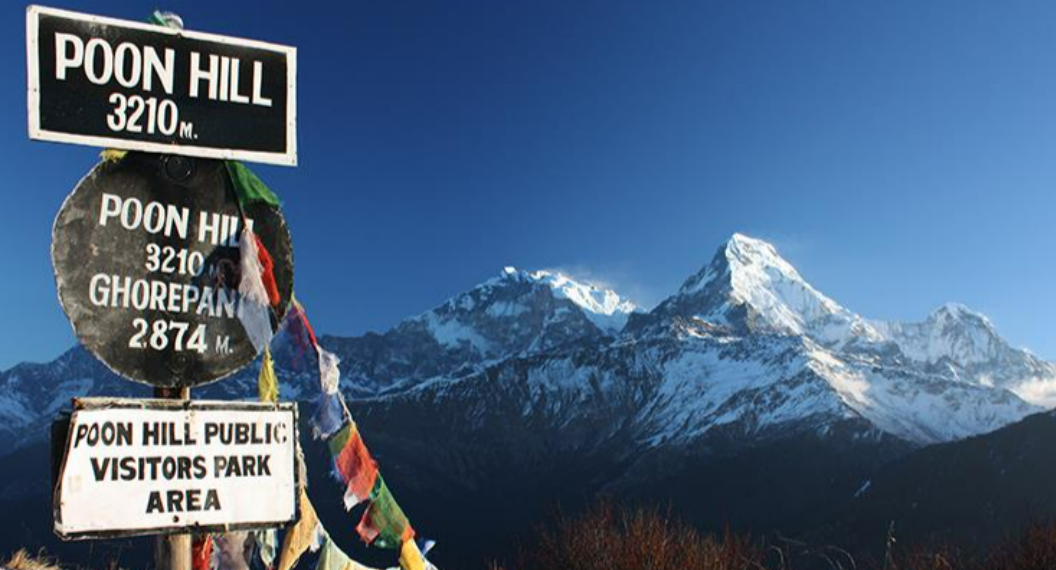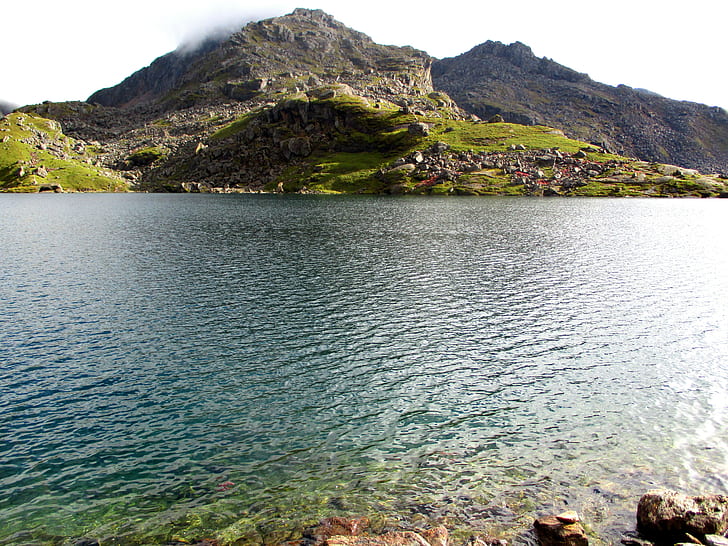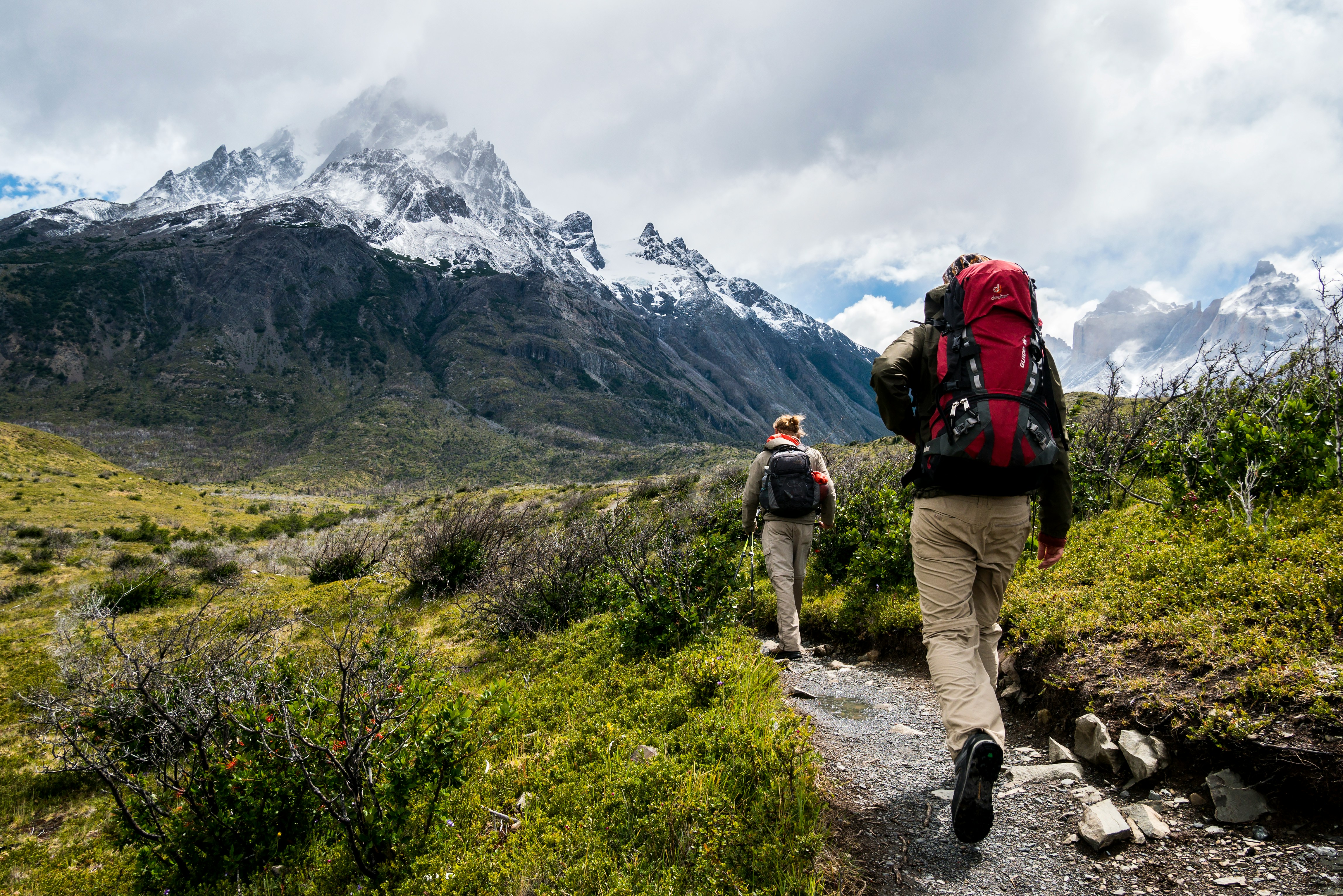The Present Situation of Climbing in Nepal 2025: A New Era of Adventure and Responsibility

Strong 8k brings an ultra-HD IPTV experience to your living room and your pocket.
Climbing in Nepal has always been a timeless pursuit. Whether you’re scaling the heights of Mount Everest, one of the world’s tallest mountains, or exploring lesser-known peaks like Manaslu, Makalu, or Dhaulagiri, the challenges and rewards are immense. In 2025, Nepal remains a mecca for mountaineers, offering world-class experiences for both seasoned climbers and those new to the high-altitude adventure.
Nepal's unique blend of high-altitude challenges, cultural heritage, and breathtaking landscapes continues to attract climbers from all over the world. The stories of summiting some of the highest mountains are woven into the fabric of Nepalese culture, making climbing here a spiritual experience as much as a physical one.
What’s New in Climbing in Nepal in 2025?
Improved Safety Measures and Regulations
In response to growing concerns over safety, Nepal has implemented stricter climbing regulations in recent years. To improve the safety of climbers, the government has introduced measures such as requiring licensed guides and porters on many expeditions, including popular routes like Everest, Manaslu, and Annapurna. These guides are trained in high-altitude medicine, mountain safety, and rescue operations, offering an added layer of protection for climbers.
Additionally, climbing permits are now more strictly monitored, especially for restricted areas like Upper Mustang and Kanchenjunga, ensuring that expeditions are properly managed, and climbers adhere to safety protocols.
Enhanced Infrastructure for Climbers
While Nepal retains its wild, rugged allure, improvements in infrastructure have made climbing more accessible and safer. Base camps are better equipped with communication systems, medical facilities, and weather forecasting tools to ensure climbers' safety. Helicopter evacuations and improved rescue services have also contributed to better safety measures in the high mountains.
Emerging Trends in Climbing
Focus on Eco-Friendly Climbing
As global awareness of environmental conservation grows, sustainable climbing practices have become a key trend in 2025. Nepal’s trekking and climbing communities have increasingly embraced eco-conscious methods to reduce waste, minimize environmental impact, and preserve the natural beauty of the Himalayas. Climbers are encouraged to:
- Use biodegradable products like soaps and shampoos.
- Carry reusable water bottles and avoid plastic.
- Participate in clean-up campaigns to remove trash from the mountains.
Local agencies are also working on promoting eco-friendly expeditions, offering climbers the opportunity to minimize their carbon footprint while supporting the local communities that depend on climbing tourism.
Technology Integration
Digital tools have transformed the way climbers approach their expeditions. GPS systems, weather forecasting apps, and real-time communication platforms provide climbers with the information they need to stay safe and well-informed in the mountains. While remote areas still lack connectivity, the growing use of technology helps climbers navigate the terrain with more confidence.
Conclusion: Nepal's Enduring Legacy as the Ultimate Climbing Destination
In 2025, climbing in Nepal remains a once-in-a-lifetime experience — combining adventure, culture, and personal achievement in one of the most beautiful places on Earth. As the country adapts to modern trends and focuses on safety, sustainability, and technology, Nepal’s climbing scene continues to evolve. Whether you're scaling the iconic Mount Everest, tackling trekking peaks like Mera Peak, or exploring remote regions like Makalu or Dhaulagiri, the Himalayan adventure awaits.
Note: IndiBlogHub features both user-submitted and editorial content. We do not verify third-party contributions. Read our Disclaimer and Privacy Policyfor details.







